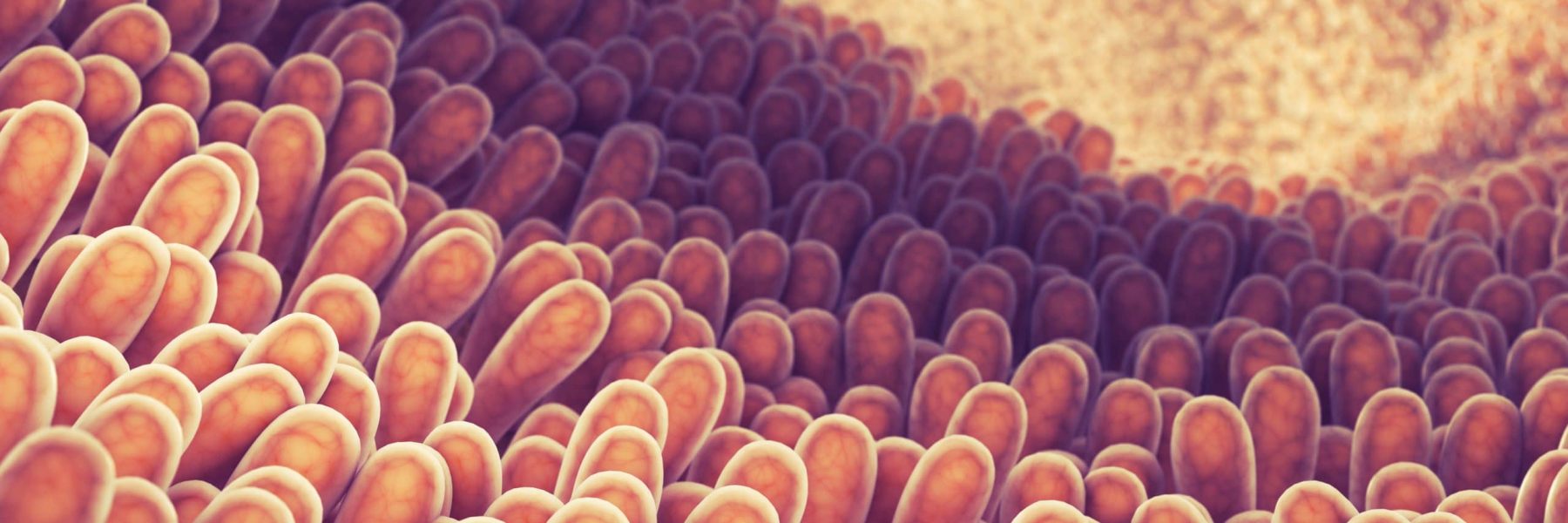The ban on antibiotics as growth promoters has led to a higher risk from over-growth of pathogenic microflora in the intestine, associated with enteric disorders, mortality increase and major variations in performance. In this context, a specific and patented copper exchanged clay (CeC), was developed as such as an alternative.
Antibiotics are administrated at the Minimum Inhibitory Concentration (MIC) for curative effects or they can also be administrated at preventive dosage at sub-therapeutic dose (lower than MIC) with the objective to avoid diseases and stimulate growth performances. Currently, there is controversy surrounding the use of antibiotics and in particular, Antibiotics used as Growth Promoters (AGP) for animals destined for meat and eggs production.
Antimicrobial Resistance (AMR) appears when the micro-organisms which cause infection survive to the exposure of a drug that would normally kill them or stop their growth. This phenomenon allows those strains to grow and spread due to a lack of competition from other strains. This has led to the emergence of ‘superbugs’ bacteria which are difficult or impossible to treat with existing medicines.
Moreover, foodstuffs (meat, egg) can be a vector of transmission of those resistant bacteria. According to the last Review of Antimicrobial Resistance (2016), without policies to stop the spread of AMR, today already large 700,000 deaths every year would become an extremely disturbing 10 million every year, which is more people than currently die from cancer.
The review also took as an example another consequence of AMR in India, where neonatal infections that are resistant to antibiotics cause the death of nearly 60,000 new-born each year. As a consequence, there is a need for alternative products able to control gut microflora.
Various antimicrobial solutions have been developed as feed additives including direct antimicrobial products like acidifiers or vegetal extracts or indirect antimicrobial products like probiotics or prebiotics. Those type of products are the most known, but not the only ones able to act as antimicrobial in animal nutrition.
Exchanged clay technology
The cation exchanged clays (natural or synthetic) are also recognized (not only in animal nutrition) as antimicrobial product. Many types of combination are possible between ions (copper, zinc, silver etc.) and clays (montmorillonite, zeolite etc.). Xia et al. (2004) conducted two studies, one in swine species and another one with broilers, showing that a copper bearing montmorillonite clay (Cu-MMT) allows to have significant positive results on the animals.
In weanling pigs, Cu-MMT allows to significantly improve the growth performances, reduce the total viable counts of intestinal Clostridium and Escherichia coli, and increase the villus height as compared with control. In broilers, the results showed that supplementation with Cu-MMT significantly improved growth performance compared with the control diet, and that birds fed with Cu-MMT had higher Average Daily Gain (ADG) than those fed with MMT alone or CuSO4.
Cu-MMT also significantly reduced the total viable counts of Escherichia coli and Clostridium in the small intestine and cecum.
Others studies were done with ion exchanged synthetic zeolite, as example Guangyuan et al. (2018), which highlight very positive results on the antimicrobial activity of Cu-X zeolite and Zn-X zeolite towards gram-negative bacteria of Escherichia coli and gram-positive bacteria of Staphylococcus aureus.
This area of exchanged clay technology was studied by ADM to develop a patented Copper Exchanged Clay (CeC) as a feed additive for poultry, swine and aquaculture more than 15 years ago. CeC is a combination of copper ions and a synthetic zeolite. In order to evaluate its antimicrobial properties, in vitro trials were first conducted.
These in vitro trials are essential to analyze the efficiency of CeC over different strains of bacteria found in farms which can involve infections, clinical consequences as mortality and which can lead to economic loss (example of Escherichia coli, Clostridium sporogenes, Clostridium perfringens, and Streptococcus suis). Some of them are also known to be transmissible to humans, by carcass and meat, represent a public health concern such as Salmonella thyphimurium, Campylobacter jejuni, and Listeria monocytogenes.
CeC in vitro evaluations
A total of seven strains were used in this study, gram-negative (Escherichia coli, Campylobacter jejuni and Salmonella thyphimurium) and gram-positive (Clostridium sporogenes, Listeria monocytogenes, Clostridium perfringens, and Streptococcus suis). These bacterial strains have been cultured in exponential phase in liquid culture medium under continuous stirring.
The CeC is added into this culture medium and compared with a control group, without CeC. After chosen trial duration, Petri plates are inoculated with the culture medium of each tube and the microorganisms are counted. The effect of the CeC is evaluated by population reduction in the test tubes containing the product in comparison with the population in the control tubes, expressed in log.
Several tubes have been prepared in order to test different dosages of the product at different contact durations between the product and the microorganisms. The results, presented in the Figure 1, of population reduction can be related to the dosage of the CeC and to the contact duration.
inhibition curves of gram negative and gram positive strains with the application of CeC
Figure 1: Inhibition curves with the application of CeC
The antimicrobial activity observed is due to the local contact of CeC particles with microorganisms. So, the more occurrence is the contact between CeC particles and microorganisms, the more efficient the product is. Under this condition, it is supposed that few particles exposed during long time to microorganisms can be as efficient as many particles exposed during little time to microorganisms. As a consequence, the reduction of population can be related to the intensity of treatment, expressed by the multiplication of the product dose by the contact duration.
The tested product had a clear inhibition effect on the seven tested strains. Bacteria population was decreased from 4 log10 (for Listeria monocytogenes, Salmonella thyphimurium) to 5.30 log10 (for Escherichia coli CIP 7624). We commonly consider that 1 log reduction is equivalent to a reduction of 90% of the bacterial population, 4 log corresponds to 99.99% of reduction, and 5 log to 99.999%.
Efficient solution
The synthesis of seven in vitro inhibition trials, showed that CeC is able to inhibit both gram-negative and gram-positive pathogenic bacteria strains tested. Based on these in vitro trials, CeC can be considered as an efficient solution to replace antibiotics used as growth promoters and to help in reducing main pathological bacterial population.
Obviously, only in vitro trials are not sufficient to validate the efficiency of a feed additive. That is why more than 70 in vivo trials, in poultry, swine and aquaculture species are available and, confirmed those in vitro results. By helping to ensure a well-balanced gut microflora, CeC involves a regular and reliable improvement of performances, specifically about Average Daily Gain, Feed Conversion Ratio or litter quality and pododermatitis.



![[EN] BLOG What are the alternatives to antibiotics in ruminants](https://www.premix.adm.com/wp-content/uploads/2022/09/Cows-standing-in-a-stall-and-eating-hay_AdobeStock_417630862-scaled-80x80.jpeg)


